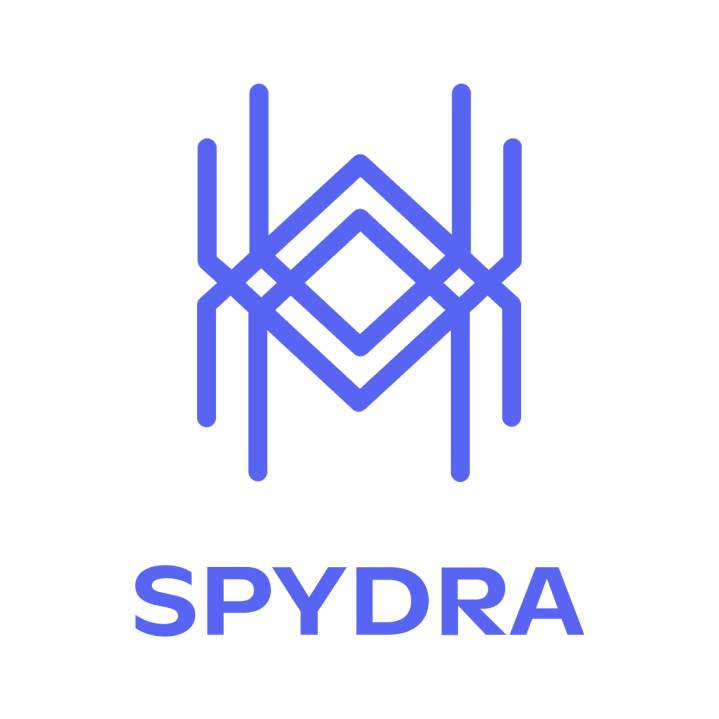Building Blockchain Solutions with Hyperledger Fabric: Your Development Guide
 Pravin
Pravin
Introduction
Hyperledger Fabric is an open-source blockchain framework that is well-suited for building enterprise blockchain solutions. It is permissioned, which means that only authorized participants can participate in the network. This makes it a good choice for businesses that need to maintain control over their data and processes.
In this blog post, we will provide a comprehensive guide to building blockchain solutions with Hyperledger Fabric. We will cover the following topics:
What is Hyperledger Fabric?
Why use Hyperledger Fabric?
Hyperledger Fabric architecture
Developing smart contracts with Hyperledger Fabric
Deploying and managing Hyperledger Fabric networks
What is Hyperledger Fabric?
Hyperledger Fabric is a distributed ledger technology (DLT) platform that is designed to support the development and deployment of enterprise blockchain applications. It is a permissioned blockchain, which means that only authorized participants can participate in the network. This makes it a good choice for businesses that need to maintain control over their data and processes.
Hyperledger Fabric is built on a modular architecture, which makes it flexible and extensible. It also features a number of features that are important for enterprise blockchain applications, such as:
High performance and scalability: Hyperledger Fabric is designed to be highly performant and scalable, making it suitable for demanding enterprise applications.
Strong security and privacy: Hyperledger Fabric provides a high level of security and privacy, with features such as role-based access control and confidential transactions.
Interoperability: Hyperledger Fabric is interoperable with other Hyperledger projects, as well as with other blockchain platforms.
Why use Hyperledger Fabric?
There are a number of reasons why businesses should consider using Hyperledger Fabric to build their blockchain solutions. Some of the key benefits of Hyperledger Fabric include:
Permissioned: Hyperledger Fabric is a permissioned blockchain, which means that only authorized participants can participate in the network. This makes it a good choice for businesses that need to maintain control over their data and processes.
Modular architecture: Hyperledger Fabric is built on a modular architecture, which makes it flexible and extensible. This means that businesses can customize Hyperledger Fabric to meet their specific needs.
High performance and scalability: Hyperledger Fabric is designed to be highly performant and scalable, making it suitable for demanding enterprise applications.
Strong security and privacy: Hyperledger Fabric provides a high level of security and privacy, with features such as role-based access control and confidential transactions.
Interoperability: Hyperledger Fabric is interoperable with other Hyperledger projects, as well as with other blockchain platforms.
Hyperledger Fabric architecture
Hyperledger Fabric is built on a modular architecture, which consists of the following components:
Peers: Peers are the nodes that make up the Hyperledger Fabric network. They are responsible for storing the ledger and executing transactions.
Orderers: Orderers are responsible for ordering transactions and adding them to the ledger.
Certificate Authorities (CAs): CAs are responsible for issuing digital certificates to participants in the Hyperledger Fabric network.
Channels: Channels are private communication channels that allow participants to send and receive transactions without sharing their data with other participants on the network.
Chaincode: Chaincode is the smart contract code that is executed by peers on the Hyperledger Fabric network.
Developing smart contracts with Hyperledger Fabric
Hyperledger Fabric supports the development of smart contracts in two programming languages: Go and Node.js. Smart contracts are executed by peers on the Hyperledger Fabric network.
To develop a smart contract with Hyperledger Fabric, you will need to create a chaincode package. A chaincode package is a zip file that contains the smart contract code and its dependencies.
Once you have created a chaincode package, you will need to deploy it to the Hyperledger Fabric network. To do this, you will need to submit a transaction to the network.
Once the chaincode package has been deployed, you can start using it to execute transactions. To do this, you will need to submit a transaction to the network that invokes the smart contract function.
Deploying and managing Hyperledger Fabric networks
Hyperledger Fabric networks can be deployed on a variety of platforms, including on-premises, cloud, and hybrid environments.
To deploy a Hyperledger Fabric network, you will need to install the Hyperledger Fabric software on each node in the network. Once the software has been installed, you will need to configure the network.
Once the network has been configured, you can start deploying chaincode packages and executing transactions.
You can manage your Hyperledger Fabric network using a variety of tools, such as the Hyperledger Fabric CLI
Subscribe to my newsletter
Read articles from Pravin directly inside your inbox. Subscribe to the newsletter, and don't miss out.
Written by

Pravin
Pravin
Integrate Spydra’s easy-to-use APIs to tokenize your assets for more secure, transparent and reliable data exchange in supply chain, financing, cross-industry processes etc.